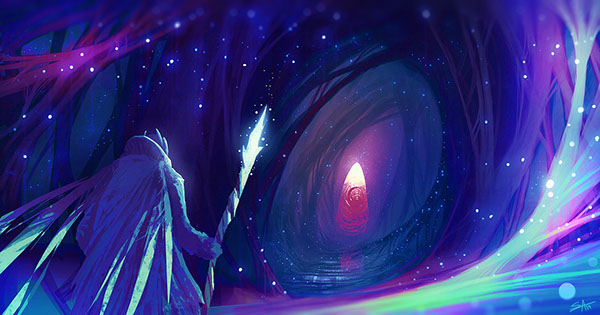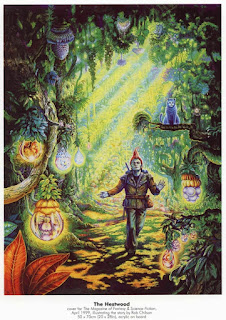Aberrations (not to be confused with the D&D monster type) are a type of hazard encountered in zones. The resemble mobile anomalies in some ways, but they exhibit wider patterns of behavior, resembling (at least in limited observation) living things. They are abiologic, however; their tissues (if they have them at all) appear undifferentiated to close inspection, or they may have simulacra of organs that are clear nonfunctional. They do not appear to eat, grow, or reproduce, though they sometimes mimic behaviors associated with these activities. They can not be destroyed or driven off by "wounding" them (in most cases, it's unclear if they can be wounded) but must be completely destroyed.
Aberrations have a substance (similar to the manifestations of anomalies), a behavior pattern, and effects/abilities. A lot of D&D monsters would make good inspiration for aberrations. So are some paranormal or folkloric entities but keep in mind in their game usage they are more like obstacles or traps than monsters to be fought. Slimes and oozes are good models. You could destroy them, but it's generally more fruitful to just avoid them.
Unlike most anomalies, aberrations can spot/notice things approaching them as well as being noticed themselves--though the sensory modality by which they do this isn't clear. They are not usually as tied to as specific an area as anomalies, but most will have a specific territory, in the way an animal might.
Substance
1 Apparition
2 Construct
3 Crystalline/Mineral
4 Flesh
5 Fluid
6 Gas
7 Growth
8 Light
9 Ooze/Slime/Gelatinous
10 Shadow
Behavior
1 Ambusher. Lies in wait, sometimes in a dormant or indolent state, until approached.
2 Builder. Involved in some sort of construction project like a nest or nonrepresentational sculpture.
3 Chaser. After detecting target, follows targets at a high rate of speed.
4 Collector. Forages for particular objects or objects with particular characteristics.
5 Follower. Loosely joins with the target, following at a respectful distance without overt hostility.
6 Guard. Only active in a certain area. Patrols and menaces those who enter.
6 Guard. Only active in a certain area. Patrols and menaces those who enter.
7 Harbinger. Appearance precedes some other event.
8 Lurker. Follows targets, but furtively, as if shy.
9 Mimic. Seems to repeat the actions or behaviors of a target.
10 Ritualist. Performs certain fairly complicated but perhaps mundane actions over and over.
11 Swarm. Smaller entities surround targets.
12 Snooper. Curious, possibly annoyingly and intrusively so, but not threatening.
13 Stalker. After detecting target, hunts it over distances.
14 Watcher. Stays in plan view, but at some remove as if only there to observe. No direct interaction.
chasing shadow: Too thick and deep black to be natural, the chasing shadow is nevertheless able to lurk unseen in normal darkness. It slides out of hiding when a living thing draws near, and if not stopped, attaches itself to them at their feet like a normal shadow--though does not also flow out in the same direction as the natural one. It slowly begins to crawl up the victims body and if not stopped, will cover a person complete in darkness in 20-30 hours. Over the next 30-45 minutes it will contort and collapse their body until only the flat shadow remains. What happens to the victim is unknown. If caught early, the shadow can be removed but only if the victim is surrounded by bright light and a small laser (like a laser pointer, for example) is used carefully "cut" away from the chasing shadow.
grim: Something like the featureless, white quadrupedal shape, surrounded by blotchy redness, like the silhouette of a large dog outlined in red spray paint. Grims simply appear on high ground, never approaching, and retreating if they are approached. They usual appear after someone has been seriously wounded, and Zone hunters fear them as a harbinger of death.
memory flashes: Groups of will-o'-the-wisp-like flashes of light with colorful after-images. They move quickly to swarm around a person, typically for no more than a minute. After the flashes pass, a person so caught will have one or more new memories of things that happened to someone else instead of them. They will also likely notice at some point that one or more of their own memories are missing--always small, discrete things, but perhaps important (like a telephone number of the location of something).


























































